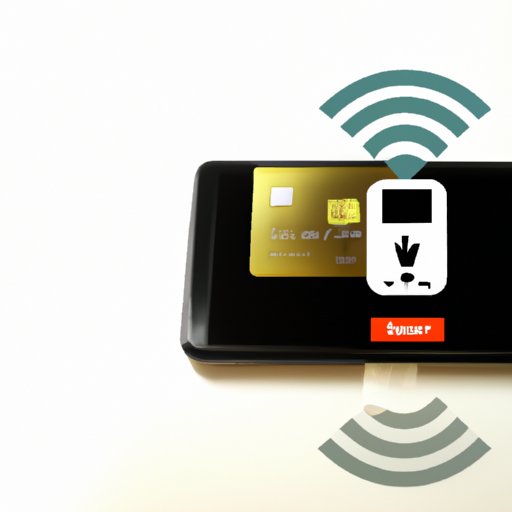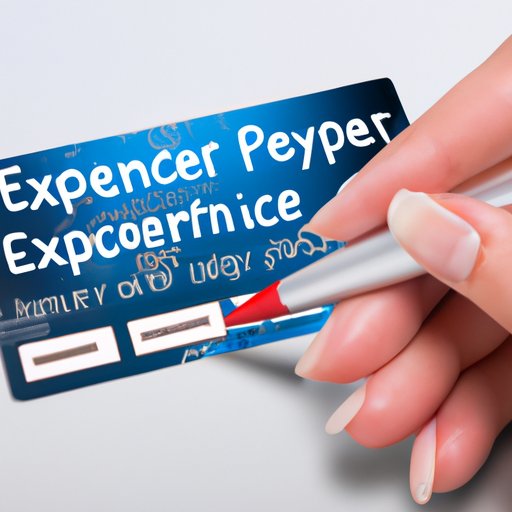
The Ultimate Guide to Accepting Credit Card Payments
As a business owner, it’s important to offer customers a convenient and secure way to pay for products or services. One of the most popular options is accepting credit card payments. In this beginner’s guide, we’ll cover the advantages of accepting credit cards, the steps involved in setting up credit card transactions, and how to choose the right payment processor. We’ll also discuss traditional credit card processing, fees and charges, top payment gateways, and tips for ensuring secure transactions and enhancing the customer experience.
The Importance of Accepting Credit Card Payments: A Beginner’s Guide
Accepting credit card payments offers several advantages for businesses. Firstly, it increases sales, as customers are more likely to make purchases if they can use their credit cards. Secondly, it’s a secure way to receive payments, as credit card transactions are encrypted, and each transaction is verified by the card issuer. Thirdly, credit card payments offer a level of convenience for customers, especially for online purchases.
If you plan to accept credit cards, you will need to understand the role of online payment processors. Payment processors act as intermediaries between the merchant, the customer, and the credit card issuers. They verify the transaction, approve or decline the transaction, and transfer funds from the customer’s account to the merchant’s account.
To start accepting credit cards online, you’ll need to follow these steps:
- Choose an online payment processor that supports credit card payments.
- Set up a merchant account with the payment processor.
- Add a payment gateway to your website.
- Configure your payment gateway settings.
- Test your payment gateway to ensure that it’s working correctly.
Getting Started with Online Payment Processors for Credit Card Transactions
There are several online payment processors to choose from, so it’s important to select one that offers the features and functionality that you need. Some key factors to consider when selecting an online payment processor include transaction fees, security features, and payment options. Payment processors like Stripe, PayPal, and Authorize.net offer various pricing plans, security features, and integration options.
Once you’ve selected a payment processor, you’ll need to set up a merchant account with them. This involves providing detailed information about your business, such as your business name, address, and tax identification number. You may also need to provide financial information, such as your bank account and routing numbers.
Once your account is set up, you’ll need to integrate your payment processor with your website. This is typically done by adding a payment gateway to your website, which allows customers to enter their credit card details and complete the payment. Payment gateways often come with customizable features, such as the ability to add custom logos and colors.
Traditional Credit Card Processing Methods: A Step-by-Step Guide
Traditional credit card processing involves using a physical card reader to process credit card transactions in-person. To process a credit card transaction, you’ll need to follow these steps:
- Swipe or dip the customer’s credit card in the card reader.
- Enter the transaction amount.
- Wait for the transaction to process.
- Print out the receipt for the customer to sign.
One significant challenge with traditional credit card processing is handling chargebacks. Chargebacks occur when a customer disputes a transaction and the funds are reversed. To avoid chargebacks, it’s important to ensure that each transaction is authorized and verified, and that you have a clear and concise refund policy in place.
Understanding Credit Card Fees and Charges: How to Save Money on Transactions
Credit card processing fees can vary depending on the payment processor, the transaction amount, and the type of card used. Some of the most common fees include monthly fees, per-transaction fees, and chargeback fees. It’s important to understand these fees to avoid any surprises or unexpected charges.
To reduce credit card processing costs, consider negotiating fees with your payment processor, accepting only debit cards, or using flat-rate payment processors like Square. Additionally, you may be able to avoid chargebacks by communicating clearly with customers, resolving any issues promptly, and ensuring that your refund policy is clearly stated.
The Top Payment Gateways for Small Businesses
Several payment gateways are well-suited for small businesses. Some of the most popular options include Stripe, PayPal, and Authorize.net. Stripe offers competitive pricing, customer management features, and support for over 100 currencies. PayPal offers a simple setup process, easy-to-use interface, and compatibility with several popular e-commerce platforms. Authorize.net offers advanced payment processing features, such as recurring billing and fraud detection.
It’s important to consider the pros and cons of each payment gateway before making a decision. Some factors to consider include pricing, transaction fees, support for multiple payment methods, and integration options with your e-commerce platform.
Quick Tips for Ensuring Payment Security and Reducing Fraud
One of the most significant risks of accepting credit card payments is payment fraud. Payment fraud occurs when a criminal uses a stolen credit card to make a purchase, or when a customer disputes a valid transaction. To reduce the risk of payment fraud, it’s important to implement security measures, such as using SSL encryption, requiring CVV codes, and enabling fraud detection features.
Additionally, it’s important to protect customer data by following secure data storage techniques, such as tokenization or end-to-end encryption. You may also want to consider using risk management tools, like chargeback prevention and fraud monitoring services.

Enhancing Customer Experience with Seamless Credit Card Payment Options
To improve the customer experience, it’s important to offer multiple payment methods, such as credit cards, debit cards, and e-wallets. Additionally, you may want to consider offering a guest checkout option for customers who don’t want to set up an account.
It’s also important to ensure that the payment process is user-friendly and seamless. This can be achieved by optimizing your payment gateway for mobile devices, simplifying checkout forms, and providing clear error messages. It’s also important to offer excellent customer support and a prompt refund policy.
Conclusion
In conclusion, accepting credit card payments offers several advantages for businesses, including increased sales, convenience, and security. To get started with accepting credit card payments, you’ll need to select an online payment processor, set up a merchant account, and integrate a payment gateway with your website. Other factors to consider include traditional credit card processing, fees and charges, top payment gateways, and tips for ensuring payment security and reducing fraud. By following these best practices, you can enhance the customer experience and increase sales for your business.
Call-to-action: Ready to start accepting credit card payments for your business? Explore our comprehensive guide for selecting the right payment processor and optimizing your payment gateway for success.




